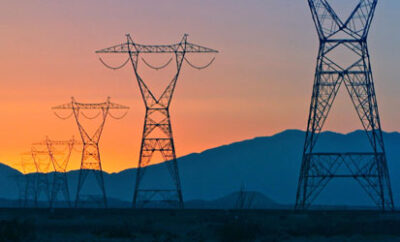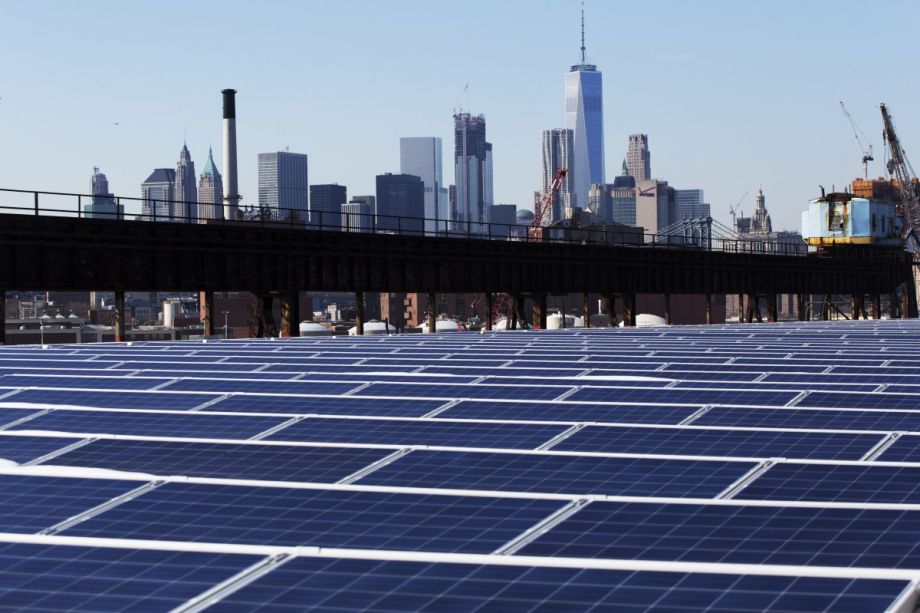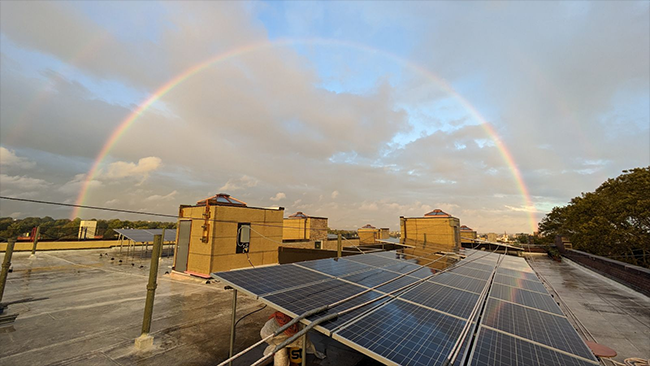
It seems like it was only a short while ago that solar power was a marginal part of the electricity generation mix, one that almost no one except hardcore environmentalists (like us!) took seriously. In 2022, solar and wind power provided a whopping 22% of US generation with solar capacity increasing from 15.5 gigawatts in 2021 to 21.5 in 2022. And of course those numbers, along with other non-fossil fuel sources like hydropower and geothermal exchange, continue to expand as coal becomes ever more irrelevant and more and more localities across the US embrace the solar revolution, even in fossil fuel juggernauts like Texas.
But even as more large-scale solar installations come online, our energy grid infrastructure is aging. It won’t do much good to increase renewable generation if we can’t get that power to the people who need it.
Upgrading the grid is an expensive and politically perilous proposition. For example, in Northern California, the utility PSE&G has announced that it will take more than $900 million and 10 years to upgrade transmission lines to meet demand, leaving customers understandably frustrated and energy projects on hold. In New England, a plan to add 53 miles of new power lines to bring hydropower from Quebec was shot down by Maine voters in last November’s election. Among the 59% of voters who were against the project were conservationists who were concerned about damage to forests, folks who are dependent on Maine’s outdoor tourism for their livelihoods, and of course, the usual fossil fuel companies. And in Nevada, proposals for new transmission lines between Reno and Las Vegas would infringe on tribal and public lands, threatening native culture and desert ecosystems.
Another stumbling block in the clean energy transition is the need for not only more transmission lines, but also more electricians to build and maintain them, making programs like Solar One’s Green Workforce training program more crucial than ever.
You can read more about this on the Sustainability Times website here.


